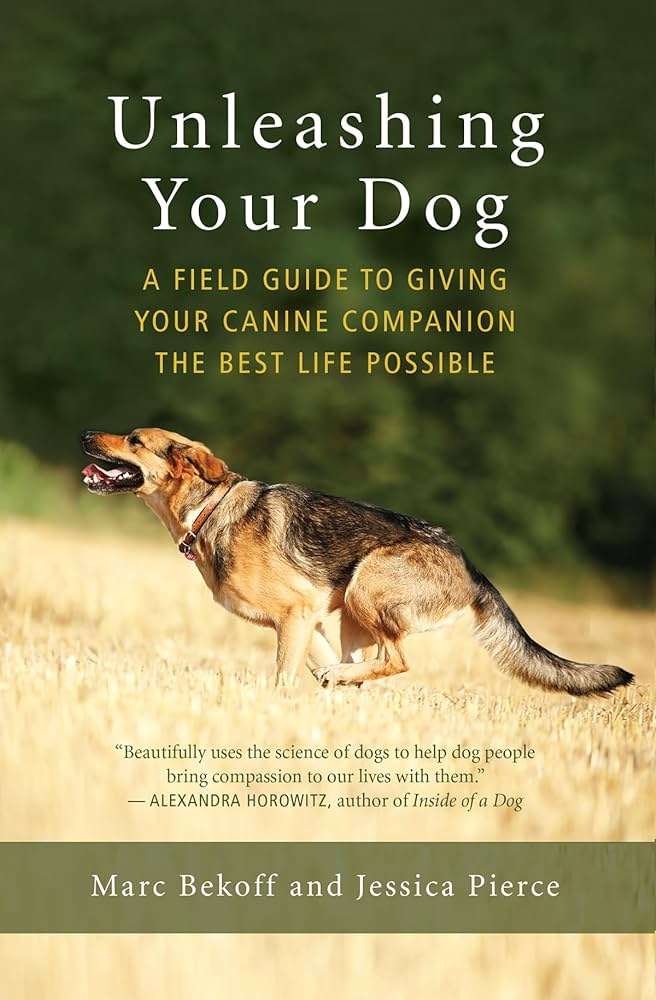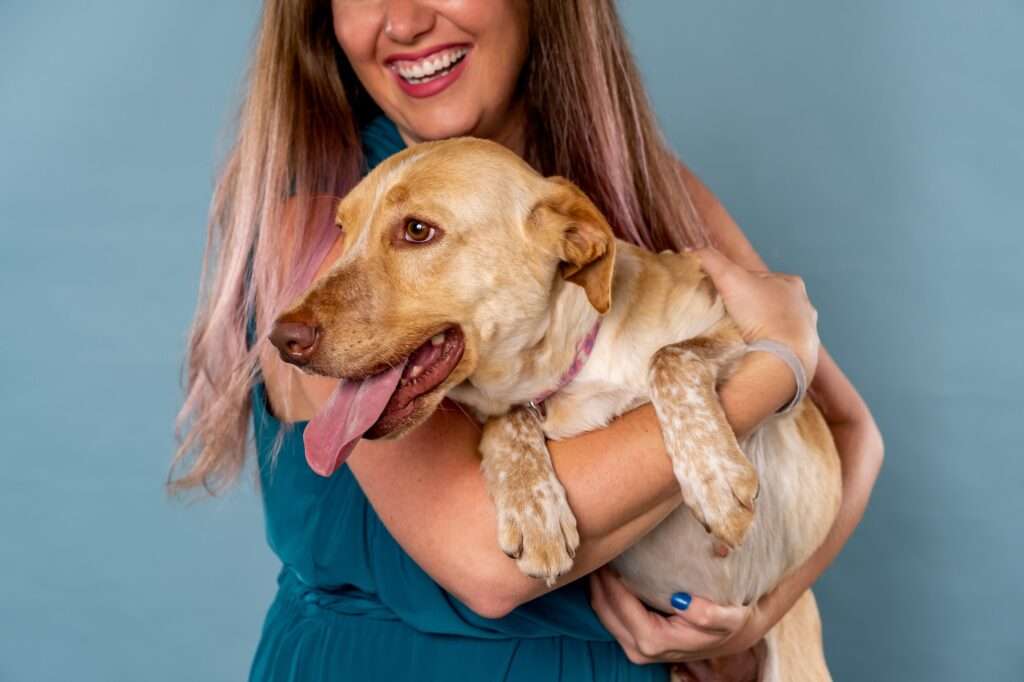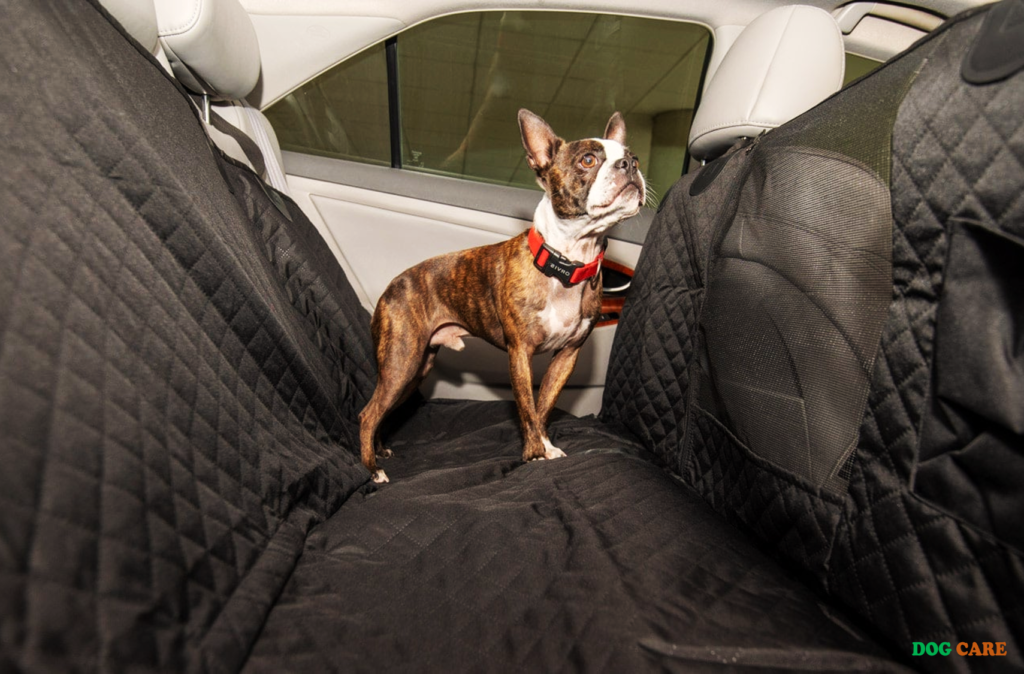Signs of Hypothermia in Newborn Puppy: Newborn puppies can show signs of hypothermia, such as shivering, cold skin, and weak movements. In order to ensure the health and well-being of the puppy, it is important to be aware of these signs and take appropriate action.
Hypothermia can be life-threatening for a puppy, as their small bodies are less able to regulate temperature. By recognizing these symptoms, you can provide the necessary care and warmth needed to prevent further complications. We will explore the signs of hypothermia in newborn puppies and discuss how to respond effectively to ensure their survival and overall health.
Understanding Hypothermia In Newborn Puppies
When it comes to caring for newborn puppies, one of the most important things to watch out for is hypothermia. Hypothermia occurs when a puppy’s body temperature drops below normal, posing serious risks to their health and well-being. In this section, we will dive into what hypothermia is, the causes behind it, and how to identify its signs in newborn puppies.
What Is Hypothermia?
Hypothermia, HTML-syntax is a condition that occurs when a puppy’s body temperature drops below its normal range. For newborn puppies, a normal body temperature typically ranges between 94 to 99 degrees Fahrenheit (34 to 37 degrees Celsius). When a puppy’s body temperature falls below 94 degrees Fahrenheit (34 degrees Celsius), it is considered hypothermic.
Hypothermia can be life-threatening for newborn puppies, as their ability to regulate their body temperature is not fully developed. If left untreated, it can lead to severe complications and even death.
Causes Of Hypothermia In Newborn Puppies
– Inadequate environmental temperature:
Newborn puppies are highly vulnerable to changes in temperature. If the environment they are in is too cold or not adequately heated, they are more susceptible to developing hypothermia. It is essential to provide a warm and cozy space for the puppies to prevent their body temperature from dropping excessively.
– Separation from the mother:
A newborn puppy relies on its mother for warmth during the initial days of its life. If a puppy is separated from its mother for an extended period, it can result in a rapid loss of body heat and increase the risk of hypothermia.
– Insufficient fat stores:
Newborn puppies have limited fat stores, which play a crucial role in regulating body temperature. If a puppy does not have enough fat reserves, it can quickly lose body heat and become hypothermic.
– Congenital or health problems:
Some congenital conditions or health problems in newborn puppies can interfere with their ability to maintain a normal body temperature. These conditions can make them more susceptible to developing hypothermia.
– Inadequate grooming:
Mother dogs usually groom their newborn puppies to stimulate blood circulation and help them maintain their body temperature. If a puppy is not adequately groomed or lacks a clean and dry coat, it can contribute to the onset of hypothermia.
By understanding the causes of hypothermia in newborn puppies, we can take appropriate measures to prevent this potentially dangerous condition. In the next section, we will explore the signs that indicate whether a puppy is experiencing hypothermia.
Identifying Signs Of Hypothermia
Identifying signs of hypothermia in newborn puppies is crucial for their well-being and survival. Newborn puppies are particularly vulnerable to the cold due to their underdeveloped ability to regulate body temperature. By recognizing the physical and behavioral signs of hypothermia, you can provide the necessary care and warmth to ensure the health of these vulnerable little ones.
Physical Signs Of Hypothermia
Physical signs can help you identify whether a newborn puppy is suffering from hypothermia. Keep an eye out for the following:
- Decreased body temperature, often below 96 degrees Fahrenheit.
- Paleness or bluish tint to the skin.
- Cool to the touch, particularly the extremities such as the paws, ears, and tail.
- Shivering or trembling, which is the puppy’s attempt to generate body heat.
Behavioral Signs Of Hypothermia
Behavioral changes can also indicate hypothermia in newborn puppies. Look for the following signs:
- Weakness or lethargy, with reduced movement and activity levels.
- Difficulty nursing or lack of interest in feeding.
- Slow or shallow breathing.
- Decreased responsiveness, such as lack of reaction to touch or noise.
It’s important to note that these signs may vary in severity depending on the puppy’s age and individual resilience. Promptly identifying these signs can be crucial in saving the puppy’s life. If you suspect hypothermia, it’s essential to provide immediate warmth and seek veterinary attention.
Important Warning Signs To Watch Out For
Watch out for important warning signs of hypothermia in newborn puppies, including shivering, lethargy, weak or rapid breathing, and cold body temperature. Early detection and prompt treatment are crucial for their well-being.
Important Warning Signs to Watch Out For H3: Decreased body temperature Hypothermia in newborn puppies can be a life-threatening condition if not detected and treated promptly. One of the first signs to watch out for is a decreased body temperature. Normal body temperature for a newborn puppy is around 95-99°F (35-37°C). If you notice that your puppy feels unusually cold when you touch them, or if they feel colder than their littermates, it could be a sign of hypothermia.
H3: Lethargy and weak movements Another warning sign of hypothermia in newborn puppies is lethargy and weak movements. Puppies with hypothermia may appear excessively sleepy and lacking energy. They may have a difficult time staying awake or moving around like their littermates. If you notice that your puppy is not as active or responsive as usual, it could be an indication of hypothermia.
H3: Pale or bluish gums Pale or bluish gums can also be a sign of hypothermia in newborn puppies. When a puppy’s body temperature drops too low, it can result in poor circulation and oxygenation. This can cause the gums to appear pale or even bluish. Gently lift your puppy’s lip to check the color of their gums. If they look pale or bluish instead of a healthy pink, it’s important to seek immediate veterinary care.
H3: Shivering and trembling Shivering and trembling is a common symptom of hypothermia in newborn puppies. When a puppy’s body temperature drops, their muscles may start to contract and relax rapidly in an attempt to generate heat. You may notice your puppy shivering or trembling uncontrollably. It’s important to act quickly to warm them up and prevent further complications.
H3: Loss of appetite Loss of appetite is another warning sign of hypothermia in newborn puppies. Cold temperatures can suppress a puppy’s appetite, leading to a lack of interest in nursing or feeding. If you notice that your puppy is not showing the same enthusiasm for feeding as usual or is rejecting the mother’s milk, it could be a sign of hypothermia. In conclusion, recognizing the warning signs of hypothermia in newborn puppies is crucial for their well-being.
Decreased body temperature, lethargy and weak movements, pale or bluish gums, shivering and trembling, and loss of appetite are the key signs to watch out for. If you observe any of these symptoms, seek immediate veterinary assistance to ensure the proper care and warmth for your puppy.
Immediate Steps To Take When Hypothermia Is Suspected
If you suspect hypothermia in a newborn puppy, take immediate action. Look for signs of shivering, lethargy, and a decrease in body temperature. Warm the puppy gently with blankets or warm water, and seek veterinary assistance promptly.
Contact A Veterinarian
If you suspect that a newborn puppy is suffering from hypothermia, it is crucial to contact a veterinarian immediately. Hypothermia can be life-threatening for a puppy, especially if left untreated. The veterinarian will guide you through the necessary steps to help the puppy recover and ensure its well-being. Prompt veterinary care is essential for the puppy’s survival.
Gradually Warm The Puppy
To begin warming the puppy, it is important to do so gradually and with great caution. Rapid warming can lead to additional health complications, so it’s crucial to proceed slowly. Wrap the chilled puppy in a warm towel or blanket, ensuring that they are well-covered, but not too tightly. This will help to trap their body heat and prevent further heat loss.
Avoid Overheating The Puppy
While it is essential to warm the puppy, it is equally important to avoid overheating them. Overheating can be detrimental to their health and may lead to other complications. Keep a close eye on their temperature and ensure that the warming process is gradual and controlled. Monitoring their body temperature during the warming process is crucial to prevent any further distress to the puppy.
Provide Gentle Stimulation
Gentle stimulation is an important step in helping a hypothermic puppy. Stroke their body gently to encourage circulation and blood flow. You can use your hands or a soft cloth to do this, being careful not to apply too much pressure. This stimulation will help their body regain warmth and, along with the warming process, aid in their recovery from hypothermia.
In conclusion, when hypothermia is suspected in a newborn puppy, immediate action is necessary. Contacting a veterinarian, gradually warming the puppy, avoiding overheating, and providing gentle stimulation are crucial steps to take. By following these steps, you can help ensure the puppy’s well-being and increase its chances of recovery. Remember, timely intervention and focused care are vital for a hypothermic puppy’s survival.
Preventing Hypothermia In Newborn Puppies
To prevent hypothermia in newborn puppies, it is crucial to create a warm and cozy environment for them. Puppies are born with underdeveloped body systems, making them more susceptible to cold temperatures. By taking a few simple steps, you can ensure the well-being and health of these vulnerable little ones.
Keep The Whelping Area Warm
Ensuring that the whelping area is warm is the first and most important step in preventing hypothermia in newborn puppies. The ideal temperature range for the whelping area is between 85°F (29.4°C) and 90°F (32.2°C). To accomplish this, you can use a heating pad, heat lamp, or an electric blanket placed beneath a layer of towels or blankets. Make sure the puppies have enough space to move away from the heat source if they become too warm.
Ensure Proper Nutrition And Hydration
Providing proper nutrition and hydration is essential for maintaining body temperature in newborn puppies. Ensure that the mother dog is receiving a well-balanced diet that meets her nutritional needs, as this will directly affect the quality of her milk. Additionally, make sure the puppies have access to their mother’s milk and are nursing regularly. If the mother is unable to nurse, consult your veterinarian for guidance on feeding options.
Monitor Puppies Regularly
Regular monitoring of the puppies is crucial to prevent hypothermia. Check the puppies’ body temperature frequently using a rectal thermometer. A normal body temperature for a newborn puppy is around 94°F (34.4°C) to 97°F (36.1°C). If a puppy’s body temperature drops below 94°F (34.4°C), it is at risk of hypothermia and immediate action should be taken.
To summarize:
- Keep the whelping area warm
- Ensure proper nutrition and hydration
- Monitor puppies regularly
By following these preventive measures and keeping a close eye on your newborn puppies, you can significantly reduce the risk of hypothermia and provide them with a healthy start to life.

Frequently Asked Questions Of Signs Of Hypothermia In Newborn Puppy
What Are The Signs Of Hypothermia In A Newborn Puppy?
Signs of hypothermia in a newborn puppy may include shivering, low body temperature, weak or lethargic behavior, and a lack of appetite.
How Can I Warm Up A Hypothermic Newborn Puppy?
To warm up a hypothermic newborn puppy, place them on a warm, soft towel, cover them with a blanket, and provide a heat source such as a heating pad or warm water bottle.
Is Hypothermia Life-threatening For A Newborn Puppy?
Yes, hypothermia can be life-threatening for a newborn puppy. It is important to seek veterinary assistance if you suspect your puppy is experiencing hypothermia.
Can Hypothermia Affect A Newborn Puppy’s Development?
Yes, hypothermia can impact a newborn puppy’s development, as it can disrupt their body systems and potentially cause long-term health issues.
How Can I Prevent Hypothermia In Newborn Puppies?
You can prevent hypothermia in newborn puppies by ensuring they are kept warm and dry, providing a draft-free environment, and monitoring their body temperature regularly.
Conclusion
Pet owners must be aware of the signs of hypothermia in newborn puppies to ensure their well-being. By keeping a close eye on their body temperature, breathing patterns, and behavior, we can intervene promptly if necessary.
Remember, prevention is key, so providing a warm and safe environment for these vulnerable creatures is paramount. Stay vigilant and seek veterinary assistance as soon as signs of hypothermia arise.


